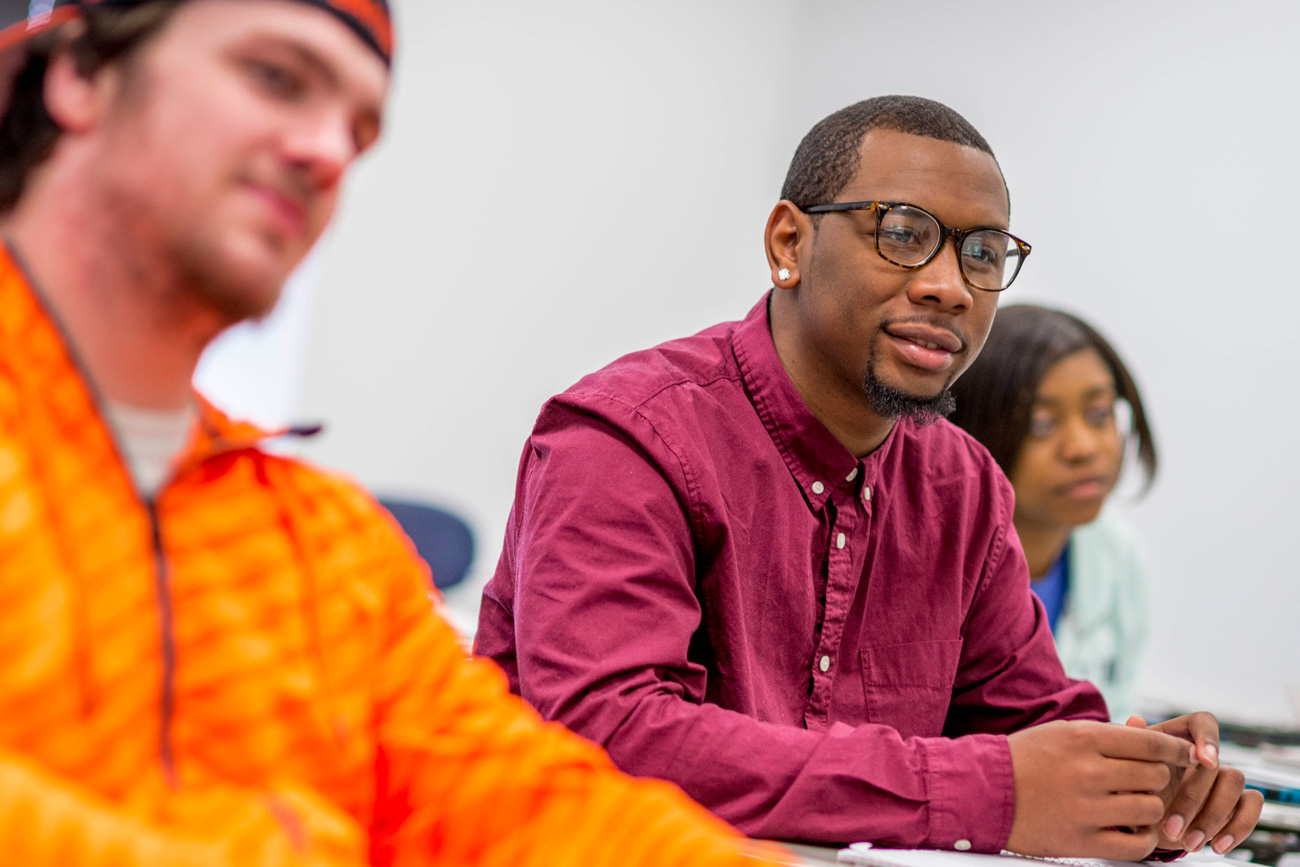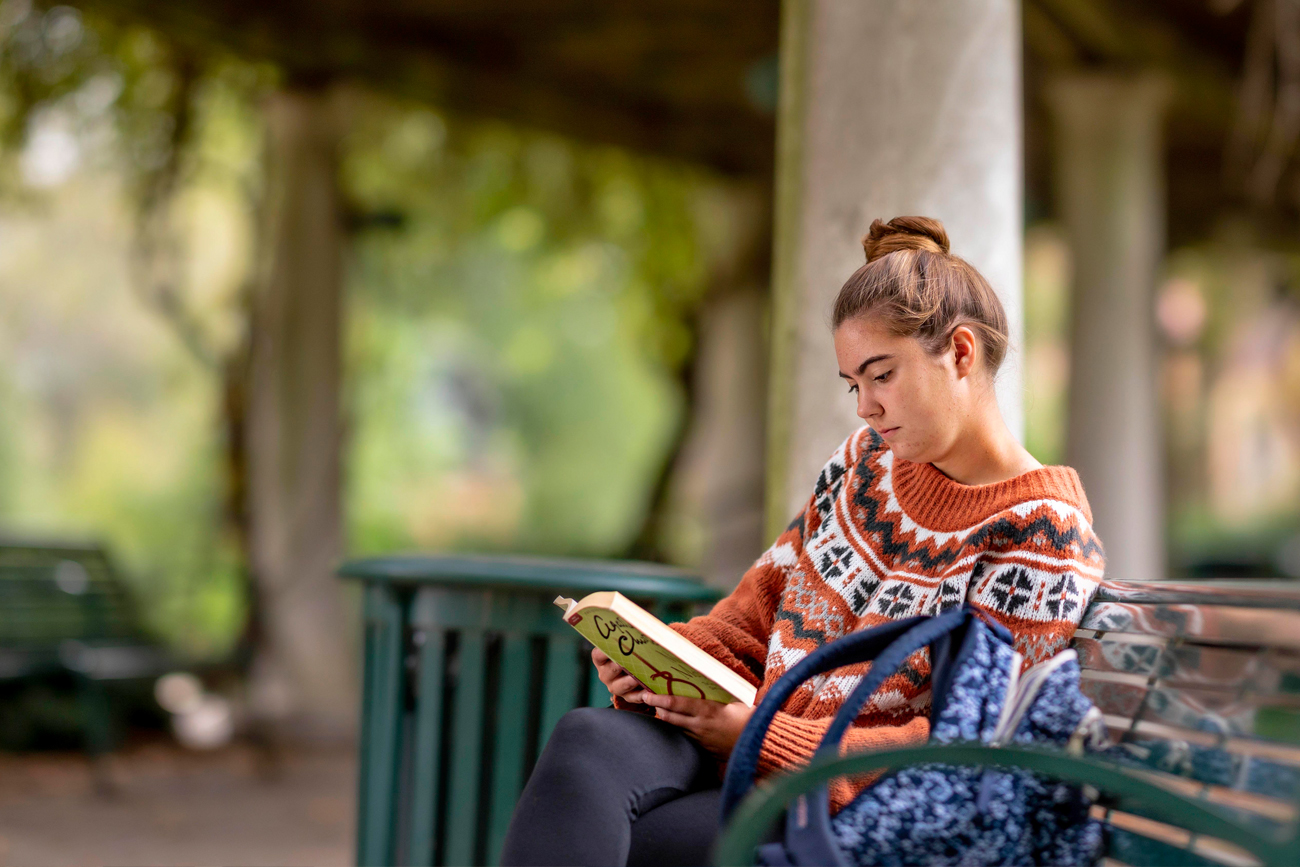How Service Learning Can Enhance Your Curriculum
About
Developing a curriculum is about more than writing lesson plans and creating teaching materials.
Instructional design and performance technology requires careful consideration of ways to make training and education more accessible. How do your students learn and retain information? What strategies and methods will effectively lead them to the outcomes you want?
Here’s what you need to know about enhancing your curriculum with service learning.
Tips for Service-Learning Projects
- Begin on a small scale. A focused project that lasts only a week can still provide the benefits of service learning to your students.
- Allow students to step up. While adding a service-learning component to your arsenal of educational tools may seem daunting, remember that students can (and should) take the lead and plan specifics.
- Consider all kinds of opportunities. Experiential projects come in all shapes and sizes. They can be as simple or as complex as you deem necessary.
- Connect service learning to curriculum. Service-learning projects can bring your curriculum to life, adding another dimension to the material. Based on what students learn during these experiential projects, you may be able to trim or reshape your instruction if material is covered in other ways.
Developing a Curriculum to Realize the Benefits of Service Learning
There are many advantages of building service learning into your education and training.
Build confidence. As students practice what they learn, they watch their skills improve. In experiential projects that let them try new tactics and build proficiencies, learners identify and strengthen their capabilities. This helps build confidence, making them more positive and productive—and more ready for the workforce.
Retain new concepts. Reading a book about a new concept, writing about a new idea, watching a video about a new skill, or hearing about someone’s experiences is a great way to begin the learning process. Finding ways for students to apply the concepts they learn is a great way to help them retain this new information. Service-learning projects give learners hands-on knowledge that stays with them.
Make a difference in the community. While it may not be the primary goal of a service-learning project, developing a curriculum that includes service learning often provides value to the community. Students’ skills can make an impact on people’s lives and support underserved organizations (a school that specializes in special education or a nonprofit that serves low-income families, for example). Learners get to see the power of their work and relevance of their new skills.
Build hard and soft skills. While learners practice technical competencies, such as coding, IV insertion, or data collection, they also improve soft skills. Because service-learning projects are student-directed, students are responsible for setting goals and building timelines. Interacting with a local organization, agency, or nonprofit to solve problems and complete projects will improve communication, organization, creativity, conflict management, teamwork, and problem-solving capabilities, too—soft skills that are valuable in any environment.
Build professional networks. Whether your students are high schoolers in a classroom, employees in a workplace, or participants in a professional development course, building service learning into a curriculum can strengthen their networks. The relationships they build during experiential projects can lead to future internship, leadership, and employment opportunities.
Examples of Service-Learning Projects
Here are a few examples of experiential projects to help your students experience the benefits of service learning.
-
Partner students with local financial institutions to provide informational workshops or packets for homeowners in low-income areas that help them improve their budgeting and personal finance skills.
-
Develop a community service guide about local programs and resources and translate it into Spanish and other languages for people who live in your community.
-
Work with a nonprofit agency to investigate their need for a new website, develop that website, and help them find new ways to share information with the community.
-
Connect students with local war veterans to write articles and create videos or podcasts featuring their thoughts, experiences, and stories.
-
Select an animal or insect—bees, for example—and examine their importance within the ecosystem. Students can research their impact, share what they learn in a video or song, plant bee-friendly flowers and observe their effect, and write letters to local legislators about the importance of protecting the bee population.




